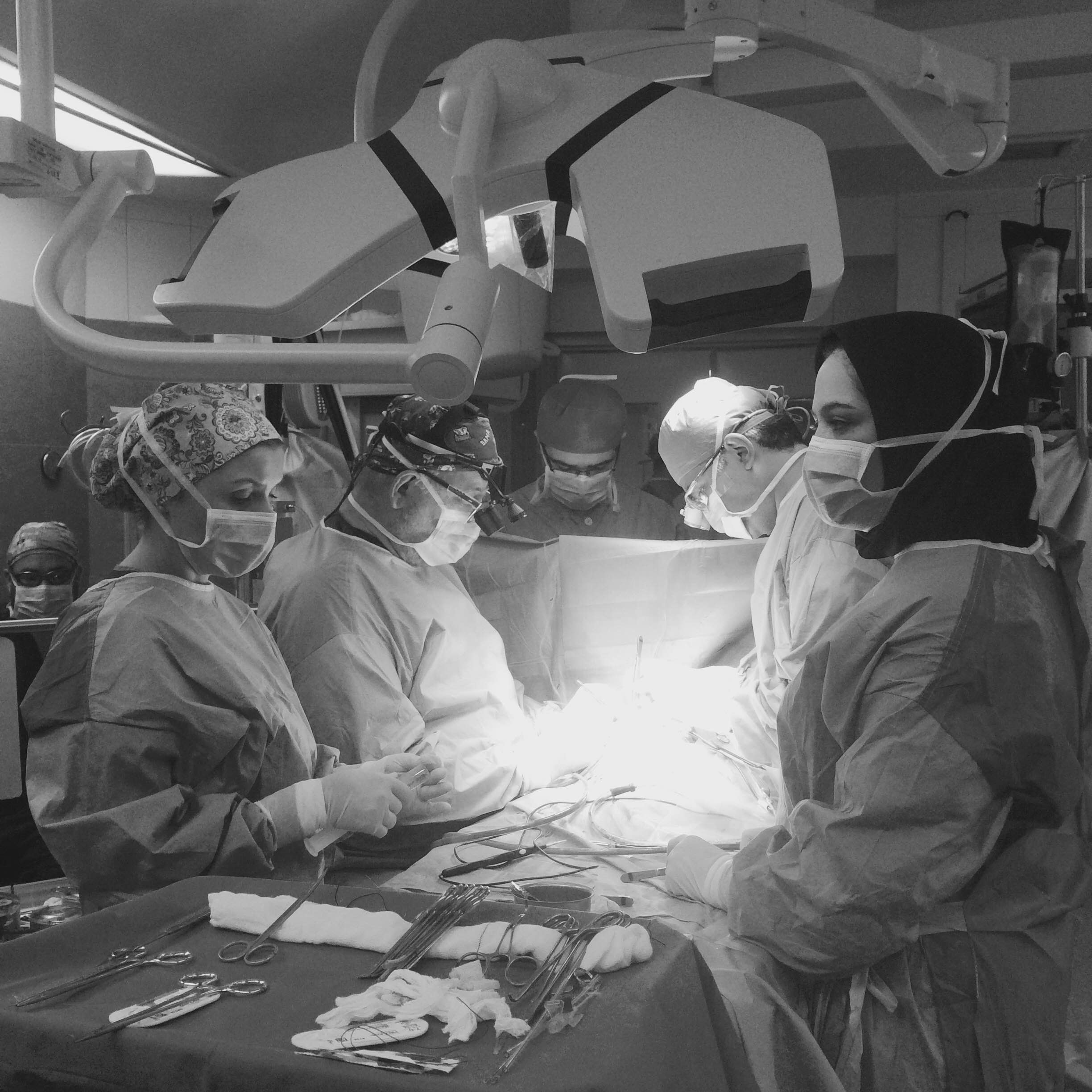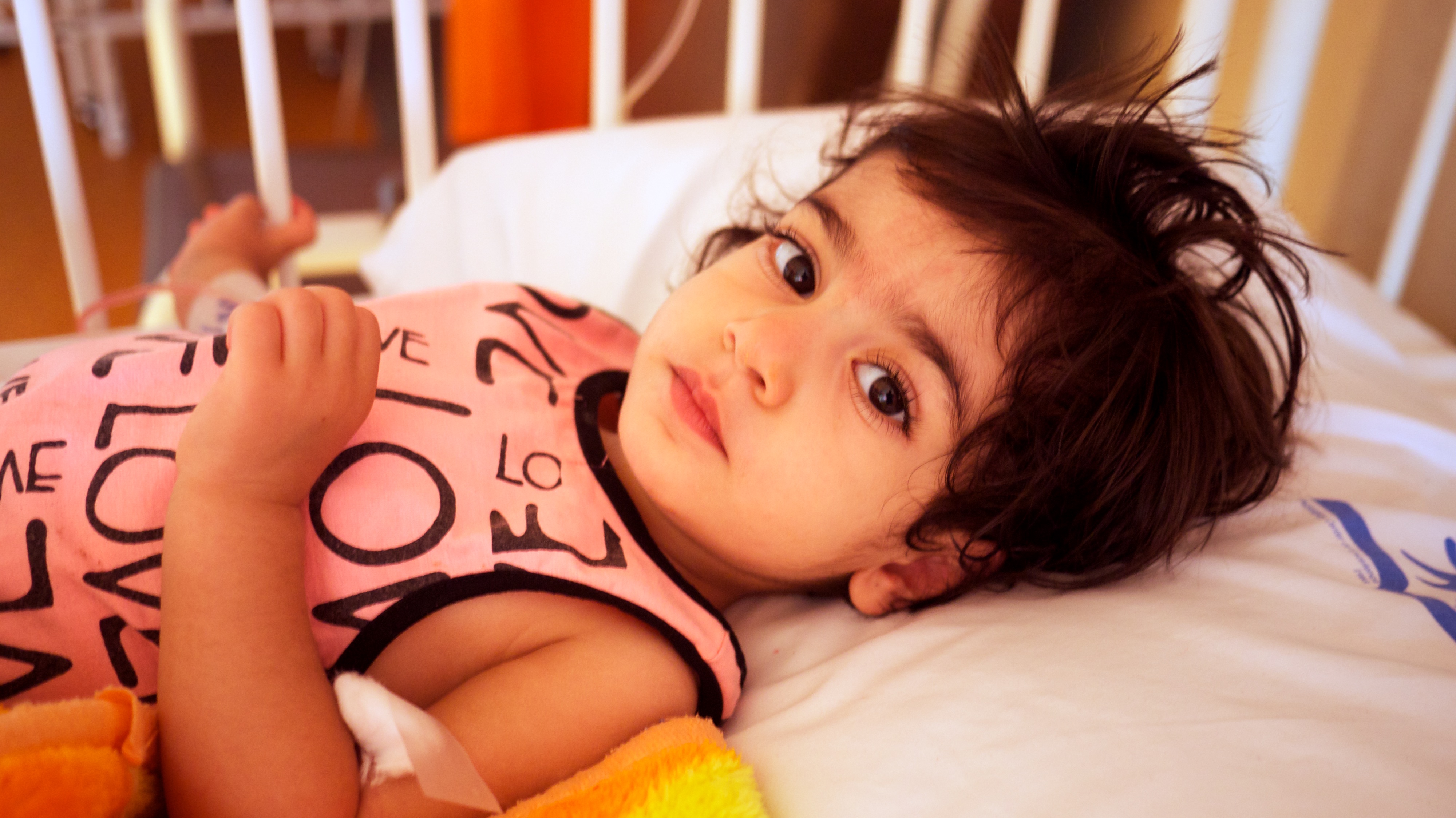
William Novick Cardiac Alliance (NCA), a non-profit organization based in Memphis, Tennessee, works with partner health professionals to provide heart surgery for children around the world and helps build pediatric cardiac programs. Two decades of experience in constructing sustainable cardiac care sites led to an invitation from a children's hospital in Tehran, the capital of Iran.
Few American-based organizations have received such an invitation.
I had grown up as an Afghan-American in the U.S., in a culture similar to Iran's, so when the opportunity for me to participate arose, I felt an invisible pull. I wanted nothing more than to sign on as a volunteer intensive care unit (ICU) nurse.
Over the years, I had already worked with William Novick's medical team as an ICU nurse and nurse educator/coordinator in Iraq, Ecuador, and Russia. I had oriented volunteer groups to various sites, maintained the flow of surgical cases and bed availability in the ICU, and overseen the educational needs and progress of the program—all this while caring for children at their bedside following surgery. I found these multiple roles as rewarding as they were challenging. And I wanted to do more.
Ali Boroujerdi, an Iranian perfusionist (the healthcare professional who operates the heart and lung machine used during heart surgery) served as the catalyst. In 2013, Boroujerdi, Dr. William Novick and his team had traveled to Macedonia where they worked at a cardiac care site.
Boroujerdi returned to Iran with the idea of NCA supporting the first pediatric cardiac program in Iran. He planted a seed at the Children's Medical Center in Iran.
Due to the high investment of resources, staff and equipment for a cardiac program, pediatric ICU trained physicians are generally scarce in developing countries. NCA would provide not only the trained physicians, but also volunteer ICU nurses who could work with local nurses to provide an advanced level of care. Such a program might also lead to advanced nurse practitioner training and recruitment of young doctors in field of pediatric critical care might also develop.
On August 1, 2015, a twelve member made its journey to Iran where they spent two weeks.
"We asked you all to come here because we do not know how to care for these kids, and they are very sick," Dr. Mohammad Mirzaaghayan, director and head surgeon of the program, stated on the first day. Since the Children's Medical Center in Tehran had an established cardiac program, the NCA role was to assist the existing center to care for more complex surgeries and improve the modalities of care provided with the resources and therapies available.
Our purpose was clear: Children with complex heart conditions needed help and hope to survive. Even at the most advanced hospital in the United States, theirs would be considered high-risk operations. However the outcomes without an intervention was more dire.
Dr. Mohammad Mirzaaghayan provided a tour of the ICUs and operating theaters. Mirzaaghayan received his medical and surgical training in Europe prior to coming back to Iran. Despite his calm demeanor, he was eager to begin working with NCA.
The next day, children were screened in the clinic, the operating theater began its first case, and the ICU was readied for patients. Depending on their age, the children were admitted in either the pediatric cardiac ICU or the neonatal cardiac ICU. Both units were led by ICU-nurses, with the local surgeon directing medical management and responding to emergencies on off-shift hours.
Mehdi [last name withheld], just three weeks old, was the first patient. His heart defect, a transposition of the great arteries, carries with it 100 percent mortality without a surgical repair. This is because the vessels that should transport blood to his body were instead returning blood to his lungs. The longer he waited for surgery, the more damage would occur to his organs from the poor perfusion.
After two surgeries and one and a half weeks in the neonatal ICU, Mehdi was discharged to the floor with a second chance at life.
By mid-week of surgeries, the tempo of the mission was steady. Direct mentorship in the operating theater and ICU and formal sit-down training sessions were occurring on a regular basis. The local nursing leadership, Ms. Mahboubeh and Ms. Rastaghar began assembling a logbook of the topics covered in the ICU that included fast tracking in the ICU with early extubation, use of antibiotic therapy, and respiratory management.
By the beginning of week two, the two teams were working well together. Formalities turned into casual partnerships. Some practices novel to the program, such as extubation of surgical cases before coming into the ICU, were recognized as positive practices to be continued. At the end of this final week, it was clear that our work had proven successful. Objectives for the next pending trip in November and subsequent trips in 2016 began to bubble over and ended the mission on a positive note.
Each day in Iran, I felt the core of my human values solidified and strengthened by helping others in need, witnessing daily selfless acts of kindness, and forging strong connections.
Ali ibn Abu Talib, a 6th century Islamic leader, described his view of world by stating: "People are of two kinds, either your brothers in faith or your equals in humanity." There is no other statement that defines my ideals so perfectly as this.
For two weeks in Iran, the international team representing five different nationalities, partnered with local staff. We provided over 30 children with cardiac disease a new lease on life—and we made the heart sounds of Iran beat even stronger.





